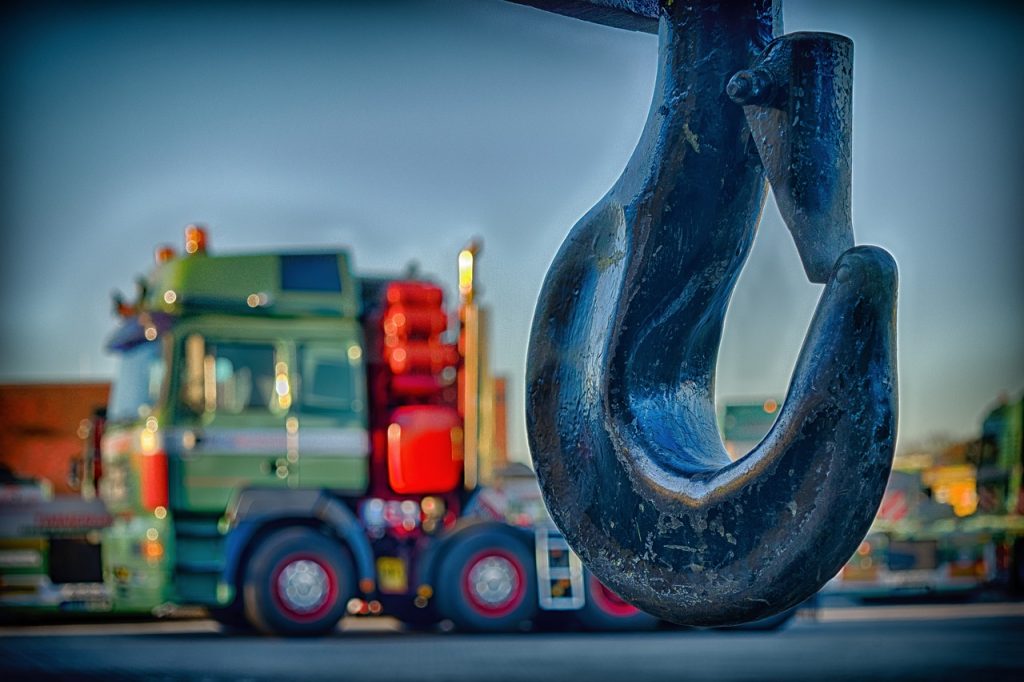
Most of the time, when you only have occasional heavy-lifting jobs, it makes sense to rent a crane from a solid crane rental company. There are numerous reasons for this, but one of the most important is ensuring that you get the right crane for the job. Any given crane can only operate under certain conditions and has a limit both on how much it can lift and how high it can lift. It’s important to have the right crane for the job – and a good crane rental company will have plenty in their fleet to match your needs.
So, let’s talk about the complexities of choosing the right crane for a lift, with a focus on probably the most important element: lifting capacity. How do crane experts ensure that the crane you receive will be capable of doing the job?
Matching a Crane’s Lifting Capacity to Your Lifting Job
This is one of those situations that looks simple but gets more complicated as you go.
To start with, every crane has a set maximum lifting weight specified by the manufacturer, which should not ever be exceeded. However, this should be treated as a hypothetical maximum, as there are several confounding factors that can affect its real-world performance.
-
Hanging loads
The first complication is that you aren’t simply going by the weight of the object on the ground. The load is going to be suspended in the air, so gravity and movement can add to the forces being exerted on the load, and therefore on the crane. The weight of a hanging load derives from Newton’s Second Law of Motion and is calculated by multiplying the mass of the object by its acceleration. (F = M*A.)
If the load is hanging perfectly still, its hanging weight would be the same as its resting weight. However, any movement from the load will add to its effective weight. So, the crane must be able to hold up the load, even when it’s moving.
-
Heights and angles
Of course, a crane doesn’t deadlift anything. It’s lifting at an angle, with a boom arm that extends outwards over the load, then attaching to it with rigging. The further the boom arm is extended; the more angular force is being placed on that boom arm.
Typically, the maximum lifting weight of a crane is calculated assuming the boom arm is fully retracted, and therefore strongest. The more the boom is extended, the weaker it becomes. Fortunately, crane manufacturers universally include a chart that maps out maximum weights depending on the length and angle of the boom arm, to help with calculations.
Be aware, the maximum lifting weight can be reduced drastically when the arm is fully extended, or at a steep angle.
-
The ground and stability issues
Another important factor is the crane’s stability, and how it keeps itself planted on the ground. This, in turn, often depends on the type of terrain. Uncovered earth typically calls for a crane on treads, which is heavy enough to stay planted even when under loads. Cranes on wheels, on the other hand, have separate legs which extend outwards to add stability.
There are several different mechanisms for keeping different types of cranes planted. The wrong choice could lead to a true disaster if the crane tips over mid-lift.
-
Other confounding factors
When calculating lifts, it’s also necessary to include the weights of all the rigging – that is, the elements physically connecting the load to the crane. These typically don’t weigh all that much, compared to a typical load, but still must be considered.
Weather also has to be taken into consideration, and it’s sometimes the biggest confounding factor of all. Any crosswinds strong enough to move the lifted load will have to be taken into consideration as well. High winds are sometimes a sign to cease lifting, as they can cause unpredictable behavior from the load.
Likewise, rain can become very dangerous, very quickly. Even light rain can quickly soak a load, adding significantly to its weight. Heavy rain, particularly thunderstorms, is outright dangerous. A crane should never be operated in a thunderstorm, as it will attract lightning, and typically is not insulated against electrical conductivity.
A good crane rental company knows to never do lifts in dangerous weather.
Bobcat Contracting is Your Trusted Crane Rental Company
Bobcat Contracting was founded in 1993, and since then has grown to be one of the most trusted crane and rigging contractors in Texas and Oklahoma. Our fanatical focus on safety and planning has given us one of the best safety records in the industry! We do work across the area, with a particular focus on the oil and gas industry, but our cranes are available for any need. From basic jobs like lifting air conditioners onto tall buildings, to the most complicated municipal construction work, Bobcat Contracting is here to help.

